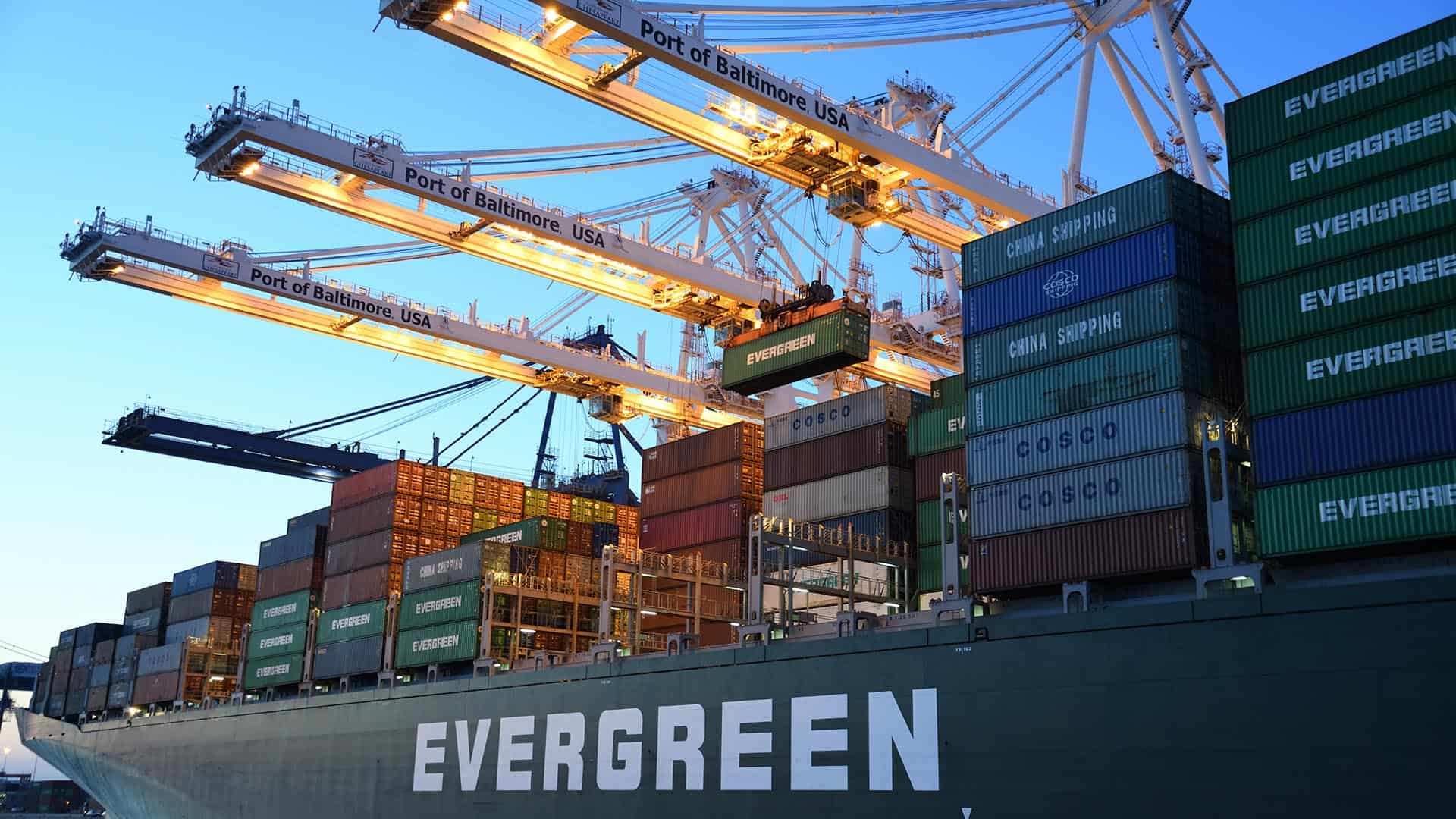Everyone is surely well aware of the issues currently affecting global shipping; the media continues to highlight spiralling freight costs, the shortage of space and equipment, the lack of truck drivers and shortage of port storage.
Shipping lines are beginning to acknowledge that they can’t keep increasing rates, especially as these increases are having no apparent effect on the customers’ ability to ship or the service levels they receive.
While that may be good news in the long term, in this update we try to set out what member companies of the British Association of Removers and their customers should be expecting as we head into 2022:
Firstly, shipping. The inability of shipping lines to accept cargo has previously been put down to an increase in demand and equipment being stranded in areas it isn’t required. However, the latest statistics released from Maersk Line, comparing Q1 2021 vs the same period in 2019, show global demand is only up some 2.7%. This has caused carriers and analysts alike to stop referring to demand as the factor driving rates higher, as this 3-4% increase in global demand should have easily been absorbed by the carrier’s current fleet
Some areas, particularly the USA, have had an unprecedented increase in demand of up to 50% which is causing severe congestion at the ports and a burden on the rail and trucking infrastructure. Because of this congestion in the US and other ports and countries worldwide, the problem is now capacity. Because of this congestion it now takes some 20-25% more fleet capacity to move the same number of containers.
As the available fleet is finite and is already fully utilised, the carriers are unable to simply bring in additional ships to fill this 25% hole, and instead the number of containers being moved has reduced. This is why shippers are finding it hard to get their containers on ships especially to the Americas.
Currently many BAR members utilise freight contracts that have been fixed for the duration of 2021, which means they will, in most cases, not have received the increases in freight rates that have been experienced by the rest of the open market. However, as we go into 2022 these contracts will need to be renegotiated and will increase considerably as they align to the current market. For customers this generally means that freight rates for shipments in 2022 will cost more than they have in 2021.
Here is a rough idea of the magnitude of increases that are likely to be seen:
- Shipments to the Americas (North, South, Canada, Caribbean) could well increase some 400%.
- Shipments to Oceania (Australia, New Zealand) could well increase some 200-300%.
- Shipments to Middle East, Asia and Indian Subcontinent could well increase some 200%.
We have to remind everyone that these are only estimates, for example one shipping line is already quoting $5000/9000 per 20ft/40ft for shipments to Australia versus a different shipping line quoting the same ports at $3000/4000 per 20ft/40ft. Obviously, there are a lot of variables as to the actual rates, but the main point is to illustrate the large increases expected for 2022 freight rates versus the current levels offered by the moving companies.
Secondly, landside infrastructure. We’re sure you are all aware of the challenges facing the haulage industry worldwide not just in the UK. There is a severe shortage of drivers that the UK government is only just starting to address, which means that there is insufficient haulage capacity to cover the collection and delivery of containers to and from the ports. This is further exacerbated by other sectors fighting for the same drivers. It will be some time before either the carrier or merchant haulage operators serving the shipping lines will have sufficient capacity to cope with current demand.
For consumers, they are likely to see increases in the rates paid for haulage in an effort to retain and recruit new drivers. For export shipments there is a high likelihood that loading dates may change at the last minute, or that the container simply does not turn up, both these are outside the moving companies control and will usually result in additional costs to move or store the goods.
For imports, we are already seeing the time taken for a container to be delivered once it has been discharged at a UK port increase considerably. What would normally have taken place within a week is now taking over 6 weeks. While the moving companies’ contracts usually contain some free time for storage at the port, this is now being exceeded and the charges for port storage from the shipping lines need to be passed onto the customers.
Because of these delays in delivering imported containers, the ports storage capacity in many cases has been exceeded, this means that for new incoming vessels there is little or no availability to store the containers that were meant to be discharged at the UK port. Just last week the press reported that Maersk Line would no longer be calling at Felixstowe with its larger vessels for exactly this reason. Instead, UK bound containers would be discharged at continental ports and then sent on smaller feeder vessels to alternative UK ports, all of this is likely to add delays and increase costs to the customers.
In Summary, although the above may be a simplistic overview, even when new vessles start to be delivered to shipping lines in Q3 2022, the problems won’t suddenly disappear. It’s the congestion at ports and insufficient infrastructure that needs to be improved and until this happens we can expect the shortage of space to continue, which means rates will remain high and we don’t expect service levels to improve.
Moving companies and their customers need to be aware of the following:
- Freight rates will increase for 2022, both as part of contract renegotiations, and as shipping lines continue to apply congestion or service surcharges, often with no notice.
- The shortage of space will likely continue well into 2022 and beyond, this means longer booking times are required to obtain space on a vessel, which are already in many cases in excess of 6 to 8 weeks.
- Service failures may be much more common; either issues with haulage meaning the container isn’t loaded or changes to the vessel schedule, which are both likely to cause delays and additional costs to the customers.
- There may be a reduction in service offerings. Shipping lines are likely to suspend certain trades and offer less port coverage as they streamline their services.











